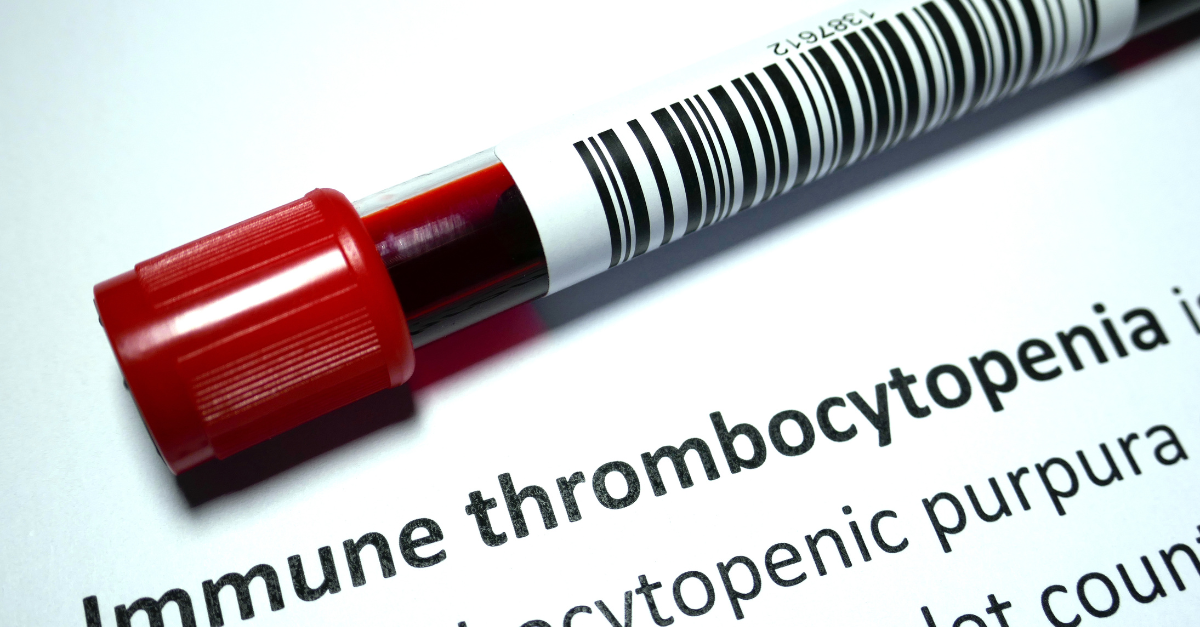Autoimmune conditions affect every facet of daily life—energy, mobility, digestion, cognition, and emotional well-being. For many, years of flare-ups and side effects from immunosuppressants can feel like an unending cycle. A new chapter is emerging: cell-based therapies designed to calm the immune system, reduce chronic inflammation, and support repair where damage has accumulated. As specialized programs and experience grow, a more hopeful path is taking shape for families seeking durable change rather than temporary relief.
Understanding the challenge begins with the immune system itself. In autoimmune diseases, the body mistakenly targets its own tissues—joints, gut lining, nervous system, skin, glands, and more—fueling a cascade of inflammation that can cause pain, fatigue, and organ dysfunction. Conventional treatments often rely on broad immunosuppression. While sometimes necessary, this approach can increase infection risk and may not address underlying dysregulation. By contrast, regenerative approaches aim to recalibrate immune signaling and support true healing.
A central pillar of modern protocols is mesenchymal stem cells. These are not magic bullets—but they are powerful modulators. They help normalize immune responses, reduce inflammatory cytokines, and secrete growth factors that promote tissue repair. In clinical practice, this can translate into fewer flares, reduced pain and stiffness, improved gastrointestinal comfort, better skin integrity, and a steady return of day-to-day capacity. Importantly, the goal is not to “turn off” immunity, but to restore balanced regulation.
Personalization is key. Programs for autoimmune diseases stem cells start with thorough evaluation: diagnosis confirmation, disease stage and activity, prior therapies, comorbidities, and lived goals. This informs dosing strategy, delivery routes, and the cadence of sessions. Many plans combine intravenous administration for systemic immunomodulation with targeted delivery for specific organ involvement when appropriate—all aligned to the person, not just the protocol.
Panama has emerged as a global ecosystem for advanced regenerative care, where scientific rigor meets concierge-level support. Patients highlight the coordinated care model, safety-first clinical processes, and an environment designed to reduce stress and friction. The country’s deepening expertise in panama stem cells has created a strong foundation for patients seeking outcomes that extend beyond symptom suppression. The experience matters: less logistical strain means more energy available for healing.
Accessibility is equally important. With a commitment to affordable stem cell therapy, patients benefit from transparent, bundled programs that clarify inclusions—from evaluation and lab work to cell processing, administration, and follow-up. When compared with years of fragmented care and escalating costs elsewhere, the value proposition becomes clear. Patients can invest in a comprehensive approach designed around both biology and daily life.
For many conditions—rheumatoid arthritis, lupus, inflammatory bowel disease, psoriasis, Hashimoto’s, and others—the outcomes patients care about most are practical and tangible: less pain, steadier energy, fewer flares, and an ability to plan days with confidence. With autoimmune diseases stem cells panama, early changes might include calmer inflammation and improved sleep. Over subsequent weeks and months, benefits often compound: greater mobility, more stable digestion, clearer skin, and reduced reliance on rescue medications.
The most successful journeys pair cellular therapy with smart aftercare. Movement therapy helps retrain patterns as pain recedes. Anti-inflammatory nutrition supports the same physiological goals as cell therapy. Sleep hygiene and stress regulation stabilize the gains. Even the best protocol benefits from consistent reinforcement; the body thrives when signals are synchronized in the same direction—toward calm, repair, and resilience. This is why patients often choose comprehensive stem cell treatments in Panama: the logistics, education, and follow-up are integrated to support real-world success.
For those weighing options, it helps to ask three guiding questions: Does the scientific mechanism match the condition’s biology? Is the care experience organized and supportive from intake through follow-up? And does the plan reflect both clinical quality and practical accessibility? Clarity on these points builds confidence in the path forward.
Ultimately, advanced regenerative care offers more than a new tool—it rewrites expectations. With the right blend of precise cell therapy, structured aftercare, and honest time horizons, families can aim for fewer flare-dominated weeks and more days defined by agency, capacity, and connection. When the immune system calms and tissues are given the resources to repair, the possibility of genuine change becomes the goal—not just coping, but living.
If exploring next steps, it’s worth confirming candidacy, reviewing a draft plan, and outlining milestones across the first 3–6 months. Combined with an understanding of stem cell therapy cost in Panama, this creates a practical, informed starting point for a journey aimed at restoring balance and reclaiming everyday life.


